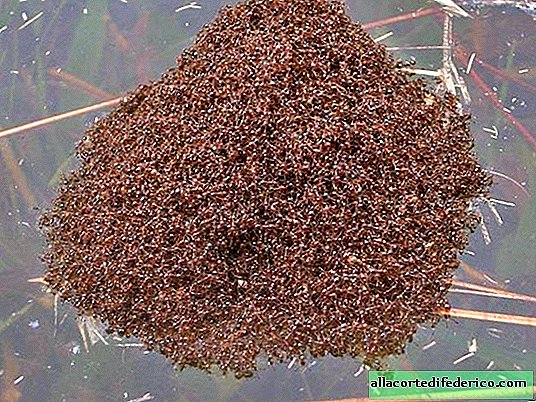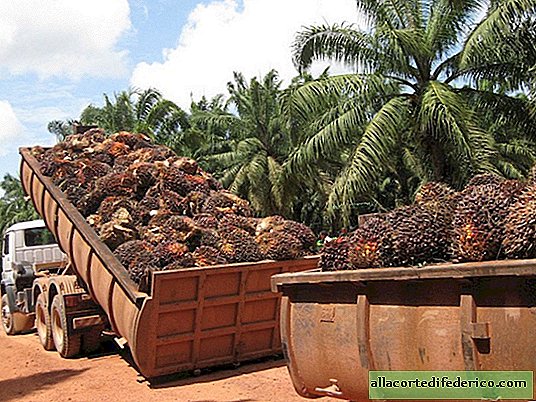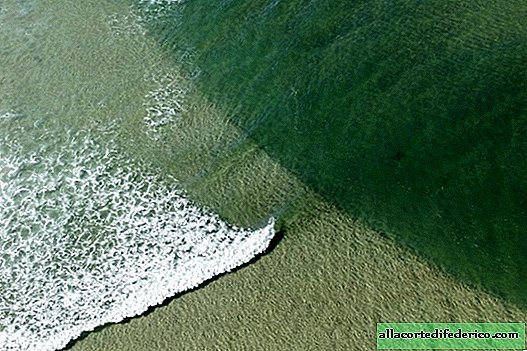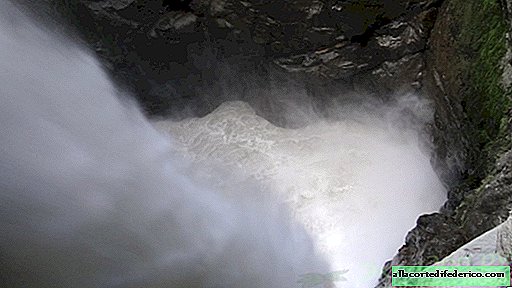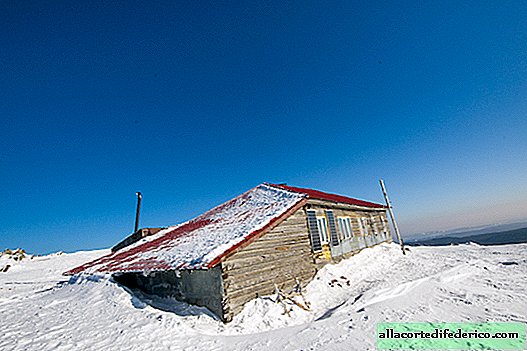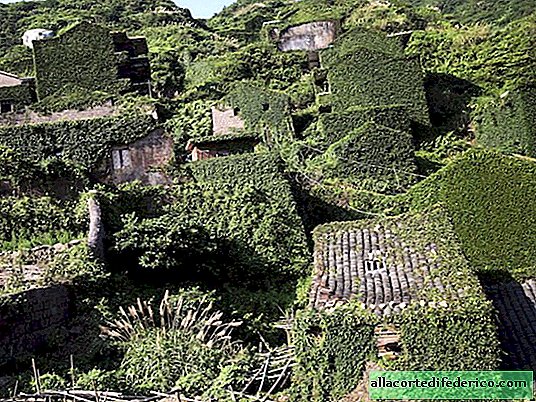Lobnor Lake: the Chinese twin of the Aral Sea that the desert has devoured
Once, the Chinese government chose this place for nuclear testing - it was so deserted and far from civilization. But this was not always the case, because even a couple of millennia ago there was a huge lake by the standards of the desert, and the rich kingdom of Loulan was located. But ruthless time spared neither the city nor the great lake. The endless sands defeated life in this place, and the lake dried up, leaving behind only salt ponds and the ruins of the ancient city.
 Space image of the Tarim depression and the hollow of a dried lake
Space image of the Tarim depression and the hollow of a dried lake Lobnor Lake, or rather, the basin remaining after its drying, is located in the east of the Tarim Depression in the Takla-Makan desert in western China. This is a natural decrease in relief, which was previously filled with the flow of three rivers, the largest of which is the Tarim River. But today, only a salt basin remained in the lake, in which the local population is producing potash salt.
 Potash production at the site of the basin of Lake Lobnor
Potash production at the site of the basin of Lake Lobnor  Reconstruction of the ancient city of Loulan
Reconstruction of the ancient city of Loulan  The ruins of the city of Loulan
The ruins of the city of LoulanStarting from the 9th-10th centuries, a gradual drying up of Lake Lobnor was observed, which initially occurred due to a general climate aridization in the central regions of Asia. But experts believe that the economic activities of people in the Tarima Valley significantly accelerated this process. Deforestation of coastal tugai forests from poplars and willows, as well as water intake from the tributary rivers of the lake for irrigation led to the fact that the lake was divided into several shallow water bodies, and subsequently was completely covered with moving sands.

In the 60s of the XX century, the vicinity of the former lake was used as a testing ground for nuclear testing. The landfill, where hydrogen bombs were tested, operated from 1964 to 1995, and more than 40 explosions were carried out here. Since 1980, only underground tests have been conducted.
 Tarim River Dissolving in a Sandy Desert
Tarim River Dissolving in a Sandy DesertBut today they are trying not to recall the nuclear past of the Lobnor Basin. Civilians returned to the region, potash salts are being extracted here, and tourists are even visiting Lobnor. They are attracted by the rich historical past of this area - the ruins of the ancient city of Loulan, from which several buildings have been preserved. Researchers stumbled upon the ruins of this city at the turn of the XIX-XX centuries. As a result of archaeological excavations, a large-scale irrigation system of the city, ancient buildings, Buddhist temples and even preserved fragments of silk fabrics were discovered. In the vicinity of the city, the famous Tarim mummies were also found, which we already talked about in one of our materials.

